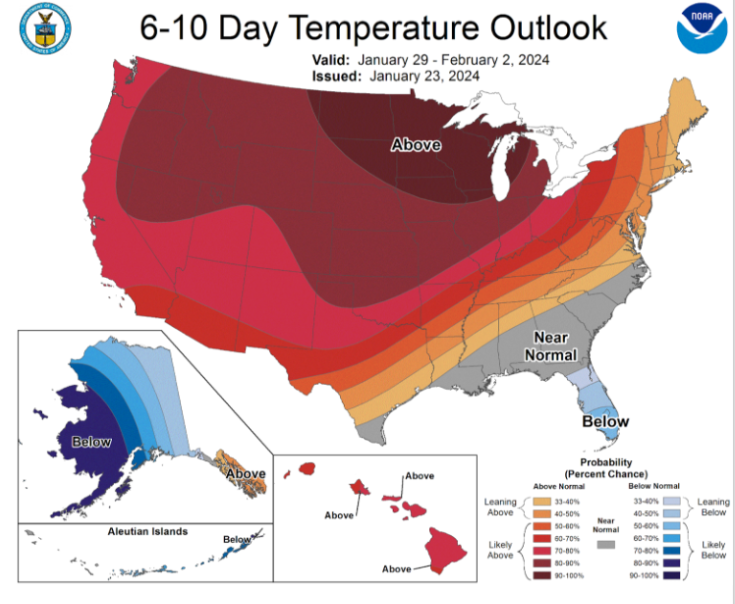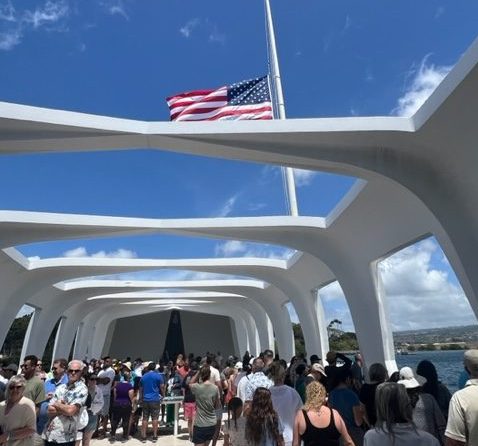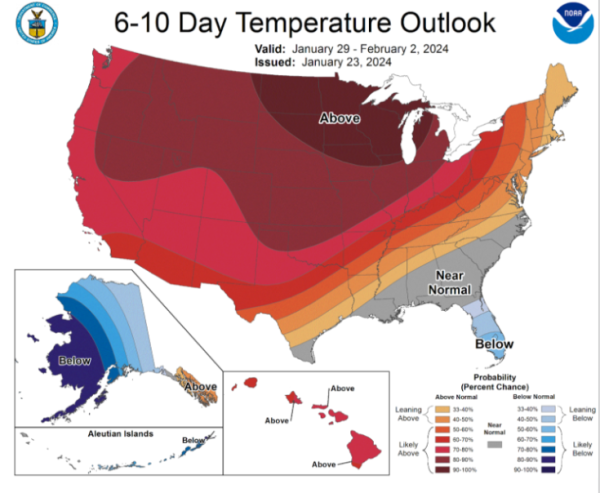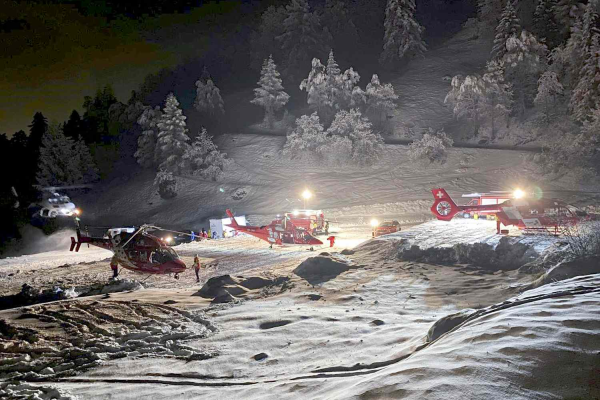NASA selects astrophysics mission proposals for MIDEX project
September 13, 2022
NASA has recently selected new astrophysics mission proposals for their MIDEX mission project. These are part of NASAs oldest program, the Explorers Program. The MIDEX selection is under the astrophysics division but there are other divisions such as heliophysics. There are two mission proposals and two missions of opportuniti
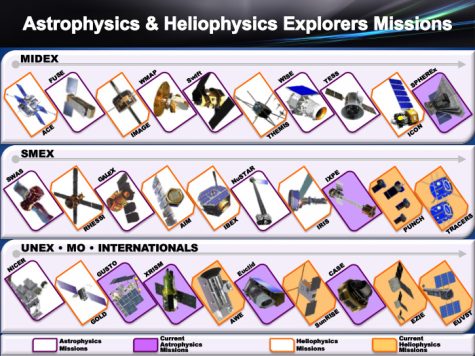
es that are under study currently. The mission proposals will get $3 million in funds each for a nine-month study of the concept while the missions of opportunity will get $750,000 each. These different missions will study different aspects of phenomena in space so they can study more about the beginning of the universe. 8th grade science and Robotics teacher, Mr St. Peter states, “The missions are very expensive so I wonder if the money could be used toward other projects like safety for astronauts, or something of that nature.” This statement shows that the missions are very significant and there could be a struggle trying to fund the missions. Only one mission proposal and one mission of opportunity will be chosen to start building. This decision is expected to happen in 2024.
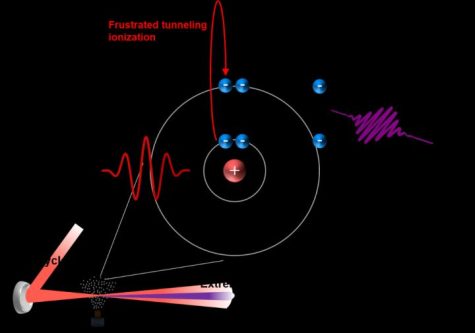
The Mission Proposals The first mission proposal is the Survey and Time-Domain Astrophysical Research Explorer or simply STAR-X. The main function of this mission is to study phenomena like supernova explosions using a wide-field X-RAY telescope and an ultraviolet telescope.
The Missions of Opportunity The first mission of opportunity is called LEAP, or Large Area Burst Polarimeter. This mission is unique because it would be installed into the International Space Station so the data can be monitored easier. This mission is to study gamma-ray bursts from supernova explosions
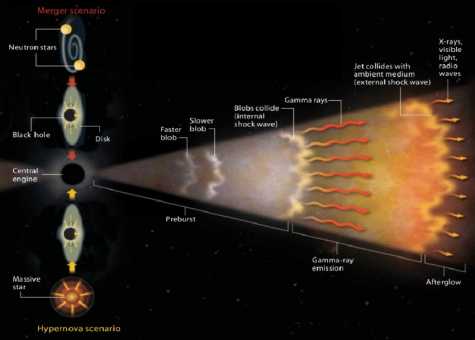
or mergers of compact objects. The second mission of opportunity is called MoonBEAM, or Moon Burst Energetics All-Sky Monitor. The purpose of this is to fly in cislunar space and trace gamma-ray bursts. It would cooperate with telescopes on earth and ones in orbit to locate the bursts.
Schedule and Cost Limit The missions that the scientists will choose in 2024 will have a cost limit. The mission proposal will have a limit of $300 million while the mission of opportunity will have a limit of $80 million. The mission proposal is scheduled to launch in 2028 while the mission of opportunity is scheduled to launch in 2027.
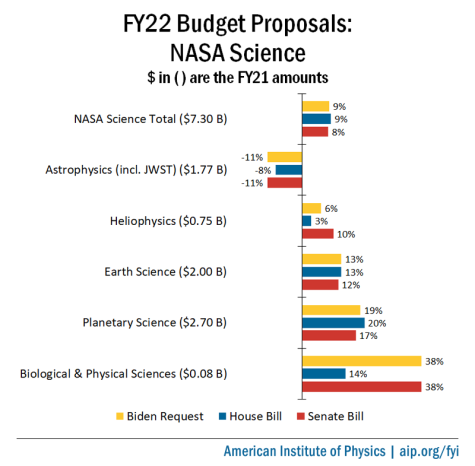
Budgetary Shortfalls and Delay of Missions
However, NASA has noticed budgetary shortfalls that could delay the launch of the missions. Paul Hertz stated that there were many things that fit the 2022 budget request that do not fit the ‘23 budget request. This budget affected many of NASA’s projects and will also affect the MIDEX selection process. The lowered budget could slow down the mission and make it stay in Phase B for longer than expected. This could delay the launch for an unknown period of time.
In conclusion, the proposals for the MIDEX mission from NASA will yield important information on different aspects of space exploration. These aspects include gamma-ray bursts, supernovas, ultraviolet emissions, and gravitational wave events. Budgetary shortfalls could delay the launch but it isn’t predicted to be delayed for too long. If the missions are successful it would be a great help to learn about different space phenomena.


